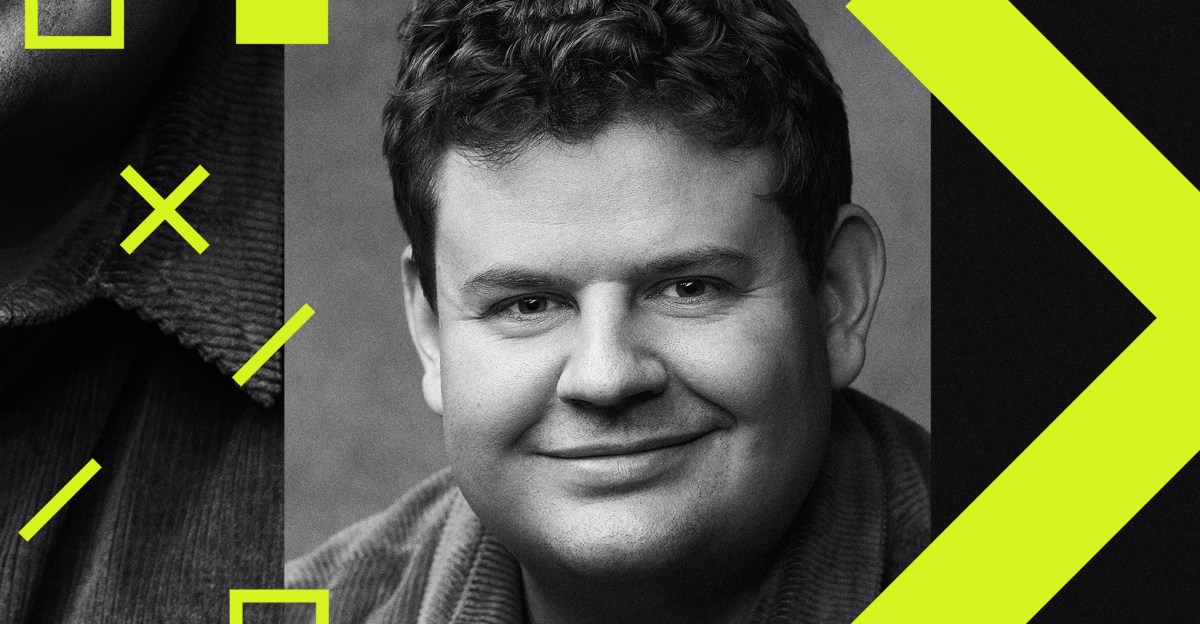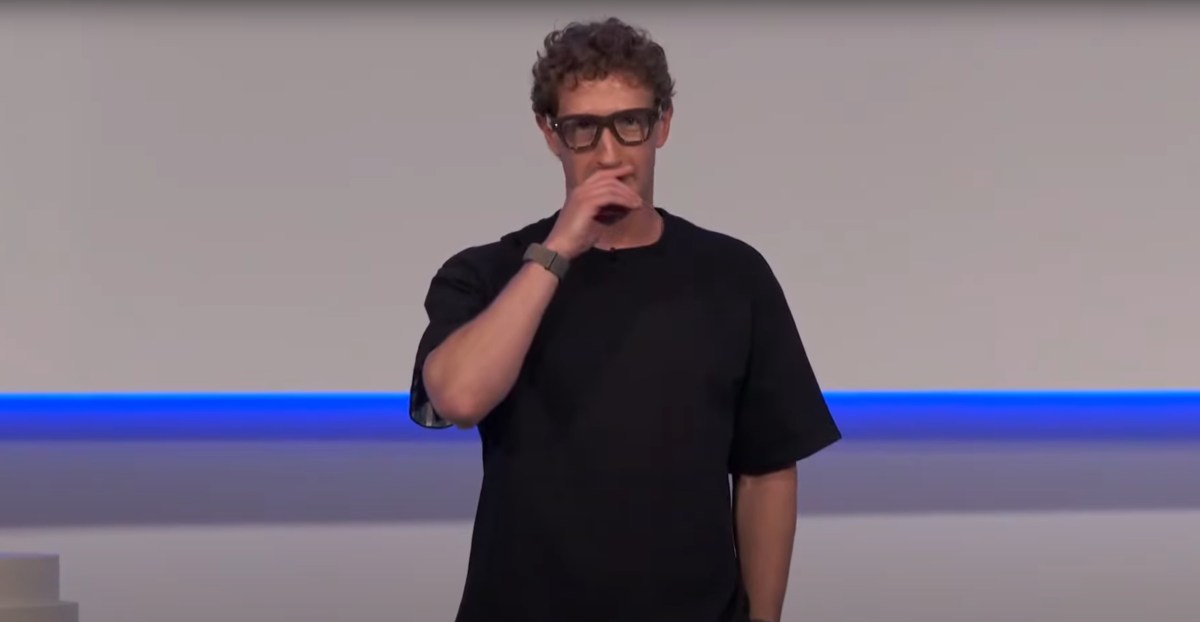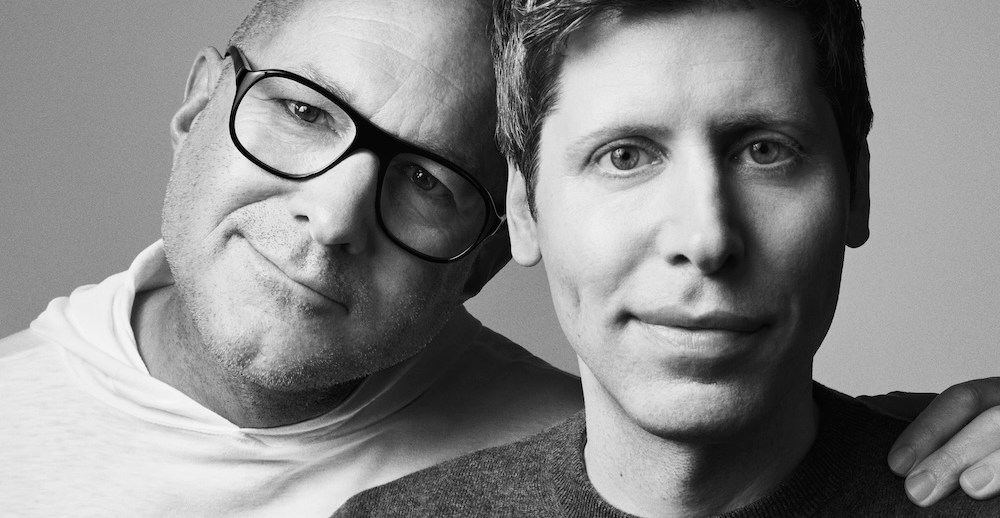
OpenAI’s Nick Turley on GPT-5 rollout, GPT-4o retirement, and a simpler ChatGPT
Sources: https://www.theverge.com/decoder-podcast-with-nilay-patel/758873/chatgpt-nick-turley-openai-ai-gpt-5-interview, theverge.com
Nick Turley, OpenAI’s head of ChatGPT, spoke with The Verge’s Decoder podcast about the GPT-5 rollout, the abrupt removal of GPT-4o, and what the change means for users and developers. Turley highlights that ChatGPT has grown to reach 700 million people each week, underscoring the scale at which product decisions ripple across a broad audience. He notes that the public reaction to removing GPT-4o surprised the team and stressed how emotionally attached some users become to a model’s personality. The interview also delves into OpenAI’s approach to simplicity, deprecation, and the ongoing effort to bring warmth and personality to GPT-5, including a new option to choose a model personality. The conversation provides a rare glimpse into the company’s iterative process after a major launch and what comes next for ChatGPT. The Verge published this interview as part of Decoder.
- This piece references OpenAI’s ambition to be able to “unequivocally endorse” ChatGPT to “a struggling family member,” illustrating the depth of trust OpenAI aims to achieve with everyday users. See the interview for details. The Verge
TL;DR
- GPT-5 launched and GPT-4o was replaced, with some backlash and a quick rethink on how to manage a large user base. OpenAI acknowledged user attachment to a model and is exploring ways to preserve warmth in GPT-5 while simplifying the experience.
- The company is considering a deprecation timeline for older models to provide predictability, expanding a practice already in place for enterprise and API users.
- OpenAI is integrating the warmth of GPT-4o into GPT-5 and has rolled out a new feature to let users choose a personality, signaling a move toward customizable interaction styles.
- The product strategy emphasizes simplicity for the average user, with advanced configurations available for power users and Pro subscribers, and ongoing iteration through a dedicated Model Behavior team.
- The interview highlights a broader conversation about how attachment to AI products shapes product design and future features, including how the company will handle model retirement.
Context and background
The conversation centers on the week following GPT-5’s rollout, during which OpenAI removed GPT-4o in favor of the new model. Turley explains that the scale of ChatGPT—now reportedly reaching 700 million weekly users—produces surprises that are baked into operating a global product of this magnitude. He describes the move away from GPT-4o as driven by a desire for simplicity: moving toward a single, streamlined experience for most users, while preserving the older models for power users on the Pro plan. This aligns with a broader theme in the interview: listening to users and iterating quickly based on feedback. The discussion also touches on the emotional attachment some users feel toward a model’s personality, a reaction that has become part of the product development conversation. Turley notes that the decision was not driven by cost, but by the need to simplify the user experience. He draws an analogy to macOS, where the default experience is simple for most users, but advanced users can still access deeper settings. He also highlights that the company will consider a deprecation schedule for GPT-4o, with clear communication if/when a retirement date is set. The team is actively thinking about how to retire a model while giving users reasonable notice, which would be a first for some aspects of the product outside the API and enterprise plans. There’s a clear emphasis on iteration. OpenAI has a dedicated Model Behavior team that works on how the model feels and behaves, including a public spec that lets people scrutinize behavior, diagnosing whether a response is due to a bug or a deliberate trait. Turley says GPT-5 will continue to evolve in feel and behavior in the weeks and months after launch, reflecting OpenAI’s ongoing commitment to refining the product after broader user exposure. In discussing the social and cultural implications, Turley acknowledges Reddit’s reactions to 4o’s retirement, which highlighted how polarized opinions can be about constant updates and the depth of attachment to a given model. He frames this as a learning opportunity about how people relate to AI assistants and the importance of balancing novelty with reliability as the product evolves. The interview stresses that safety, trust, and predictability remain central to design decisions as OpenAI moves toward a future where ChatGPT may not resemble a traditional chatbot at all.
What’s new
- GPT-5 rollout: OpenAI introduced GPT-5 and transitioned away from GPT-4o on non-Pro plans, aiming to present a simpler experience to the broad user base. Turley emphasizes that the change was about simplifying the decision for users who don’t want to pick a model for every query.
- GPT-4o retirement and fallback: While there was backlash and a rethinking of the rollout approach, OpenAI is considering a deprecation timeline and wants to provide a heads-up if/when a major version retires. The company already applies deprecation timelines for developer APIs and enterprise plans, and is evaluating how to extend those practices to consumer-facing products.
- Personality options: OpenAI rolled out the ability for users to choose a model personality in ChatGPT, and GPT-5 will inherit warmth and personality traits from GPT-4o. The team is actively iterating on how personality manifests, with ongoing updates planned.
- Ongoing iteration and transparency: A dedicated Model Behavior team manages model behavior, and OpenAI provides a spec for model behavior to help users determine if a trait is a bug or an intentional design choice. Expect continued refinements to GPT-5’s feel and responses over the coming weeks and months.
- Attachments and user experience: The interview discusses how strong user attachment to a model can shape product decisions and how OpenAI plans to balance consistency with a sense of warmth across updates.
Why it matters (impact for developers/enterprises)
- Predictable deprecation: For developers and enterprises, well-defined deprecation timelines are critical for planning. OpenAI already applies deprecation rules to its API and enterprise tiers; extending this predictability to consumer-facing models could reduce friction for teams integrating ChatGPT into products.
- Simplicity vs. configurability: The move toward a single default model for most users reduces cognitive load and simplifies onboarding, while keeping advanced configuration available for power users and Pro subscribers. This may influence how developers build experiences that rely on model selection or customization.
- Personality and warmth as features: Allowing users to choose a personality and bringing warmth into GPT-5 could affect how enterprises design customer-facing chatbots or support assistants, potentially offering more varied interaction styles tailored to brand voice or user preference.
- Transparency through behavior specs: The Model Behavior spec provides a framework for evaluating and explaining model outputs, which can help developers diagnose issues, justify decisions, and improve trust in AI interactions within their applications.
- Feedback-driven iteration: OpenAI’s emphasis on listening to users and iterating quickly signals ongoing improvements in model reliability and alignment, which could translate into shorter update cycles for enterprise-facing features such as safety controls, content policies, and integration capabilities.
Technical details or Implementation
- One-model-default philosophy: The product direction aims to remove the cognitive overhead of choosing a model for each query, defaulting to a single experience while still offering configurability where needed. This aligns with the goal of a simpler user experience across a very large user base.
- Old models retained for Pro users: While GPT-5 becomes the default for most users, the Pro plan preserves older models, acknowledging that power users may benefit from continued access to GPT-4o or other legacy capabilities.
- Deprecation timelines as a practice: OpenAI already enforces deprecation timelines for APIs and enterprise products; executives indicate a desire to extend predictable retirement windows to consumer-facing models, with advance notices when decisions are made.
- Personality integration: The warmth and personality of GPT-4o are being carried forward into GPT-5, with the ability for users to select a personality like Robot or other options. This approach suggests a continued emphasis on user experience and emotional resonance in AI interactions.
- Model Behavior team and spec: OpenAI maintains a dedicated team focused on model behavior and provides a public spec so users can determine whether a particular behavior was intended or a bug. This fosters greater transparency and accountability in how the model responds.
- Continuous iteration: Turley notes that GPT-5 will continue to evolve in feel and behavior in the weeks and months after launch, reflecting OpenAI’s practice of iterative improvement based on real-world usage.
Key takeaways
- OpenAI is balancing simplicity for the general user with configurability for advanced users as it iterates on GPT-5.
- The company is considering a deprecation timeline for GPT-4o, aiming for predictable changes and ample notice when retirements are decided.
- GPT-5 will incorporate the warmth of GPT-4o, with new personality options available to users, signaling a shift toward customizable interaction styles.
- The product strategy relies on a Model Behavior team and a behavior spec to improve transparency and trust in model actions.
- User attachment to AI personalities is a real factor in product design, influencing future updates and how OpenAI communicates changes.
FAQ
-
Will GPT-4o be retired permanently?
Not necessarily. OpenAI has not set a retirement date yet and would aim to provide a clear heads-up if and when retirement occurs. The company already uses deprecation timelines for API and enterprise products and plans to expand those practices to consumer-facing models.
-
How will personality features work with GPT-5?
OpenAI rolled out the ability to choose a model personality, and GPT-5 is being developed to carry forward the warmth of GPT-4o. Users can select personalities such as Robot, with ongoing iterations to refine how personalities feel and behave.
-
What does this mean for developers and enterprises?
Deprecation predictability, continued configurability where needed, and a transparent approach to model behavior can help developers plan integrations, manage lifecycle updates, and maintain trust with users as the product evolves.
References
- The Verge: Decoder podcast interview with Nilay Patel featuring Nick Turley, head of ChatGPT at OpenAI, discussing GPT-5, GPT-4o, and the future of ChatGPT. https://www.theverge.com/decoder-podcast-with-nilay-patel/758873/chatgpt-nick-turley-openai-ai-gpt-5-interview
More news
First look at the Google Home app powered by Gemini
The Verge reports Google is updating the Google Home app to bring Gemini features, including an Ask Home search bar, a redesigned UI, and Gemini-driven controls for the home.
Meta’s failed Live AI smart glasses demos had nothing to do with Wi‑Fi, CTO explains
Meta’s live demos of Ray-Ban smart glasses with Live AI faced embarrassing failures. CTO Andrew Bosworth explains the causes, including self-inflicted traffic and a rare video-call bug, and notes the bug is fixed.
OpenAI reportedly developing smart speaker, glasses, voice recorder, and pin with Jony Ive
OpenAI is reportedly exploring a family of AI devices with Apple's former design chief Jony Ive, including a screen-free smart speaker, smart glasses, a voice recorder, and a wearable pin, with release targeted for late 2026 or early 2027. The Information cites sources with direct knowledge.
Shadow Leak shows how ChatGPT agents can exfiltrate Gmail data via prompt injection
Security researchers demonstrated a prompt-injection attack called Shadow Leak that leveraged ChatGPT’s Deep Research to covertly extract data from a Gmail inbox. OpenAI patched the flaw; the case highlights risks of agentic AI.
Predict Extreme Weather in Minutes Without a Supercomputer: Huge Ensembles (HENS)
NVIDIA and Berkeley Lab unveil Huge Ensembles (HENS), an open-source AI tool that forecasts low-likelihood, high-impact weather events using 27,000 years of data, with ready-to-run options.
Scaleway Joins Hugging Face Inference Providers for Serverless, Low-Latency Inference
Scaleway is now a supported Inference Provider on the Hugging Face Hub, enabling serverless inference directly on model pages with JS and Python SDKs. Access popular open-weight models and enjoy scalable, low-latency AI workflows.





